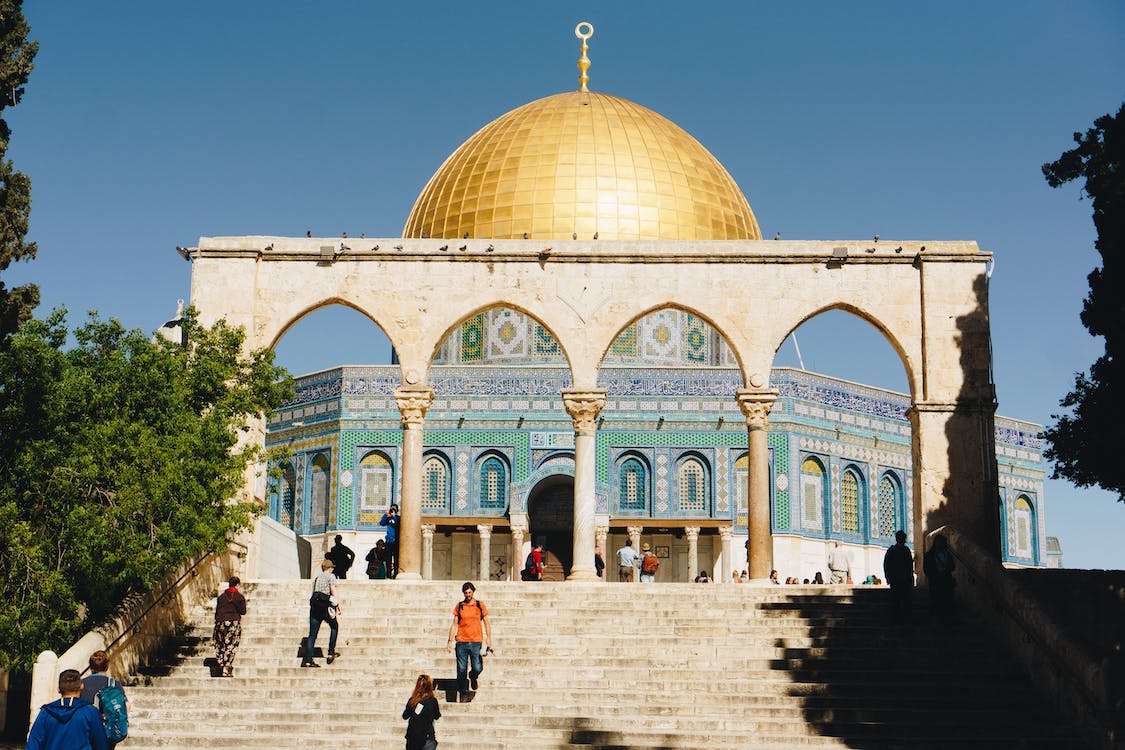The Kotel (Western Wall – Wailing Wall) is open for prayer at all hours of every day and night, and at pretty much anytime you will find people visiting & praying.
The Kotel is perhaps most often visited by tourists during the day – especially on Monday, Thursday or Shabbat (the most action.) Often a quick visit in the evening when the crowds have gone and the congregations are the serious devotees or visitors can be more rewarding. During the summer the cool evening air can make the visit more relaxing. This Kotel album was shot on a regular evening – nothing special, just some of the faithful at prayer.
Here are some of the pictures of the Kotel at night:
Here are some of the facts about the Kotel (Western Wall or Wailing Wall):
- Several of Kotel’s underground stones, uncovered by archaeologists during their excavations, are incredibly huge! They are even bigger than the stones in the Egyptian pyramids. Some of the stones weigh as much as hundreds of tons.
- More than the size and weight of its stones, The Kotel will astound you more with its architecture. There is no adhering agent — no mortar, no plaster, nothing — that holds them together! The Wall derives its structural strength through precise and careful block stacking.
- The Kotel’s other name, “The Wailing Wall,” is given by non-Jewish observers who have gotten used to the Jews gathering and praying at the wall, that it looks like they are “wailing.” Well, they are “wailing” — that is, wailing in prayer and wailing in mourning over the destruction of the Holy Temples.
- The Kotel seems to be one of the iconic symbols of Judaism and of the Jewish people. However, there are some discussions that the Kotel may have been possibly built by people of other faiths, including Muslims.
- There is a legend that says that on the “crying” day, a white dove flies down to the Kotel and perches on one of its stones. Then it begins to wail, with its sad cries resembling that of a human being who’s moaning.
- Each year, tourists from all over the world write a million notes and insert them into the cracks of the wall as they are making their petitions to God. From ordinary folks from the statesmen and world figures believe that leaving a note on the Kotel’s wall is a helpful tradition. Afterwards, all of the notes stuck on the Kotel’s wall are removed and then buried on the nearby Mount of Olives. It is a tradition that is done twice every year.
